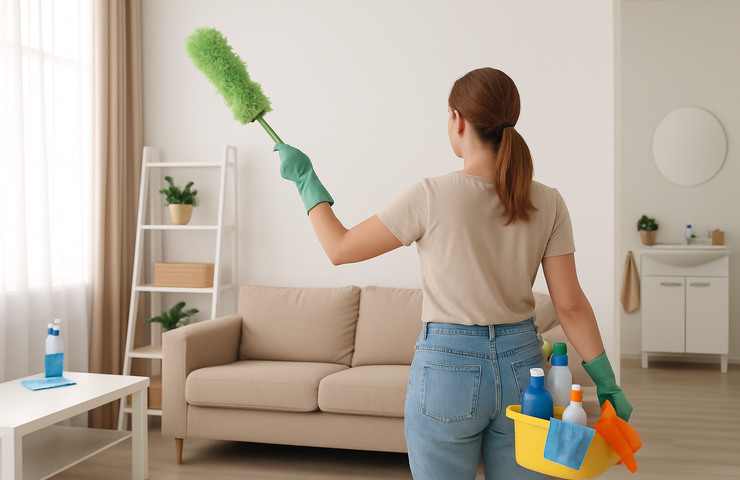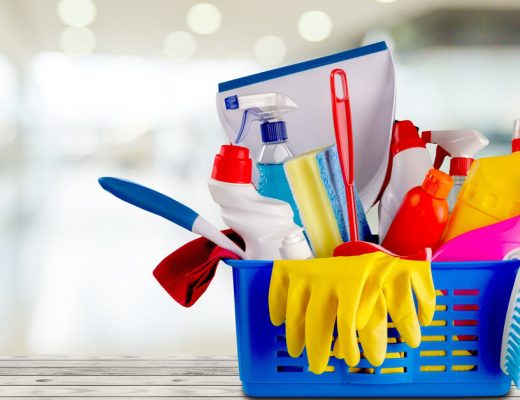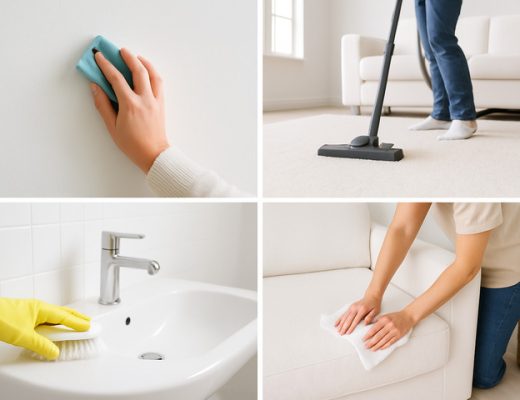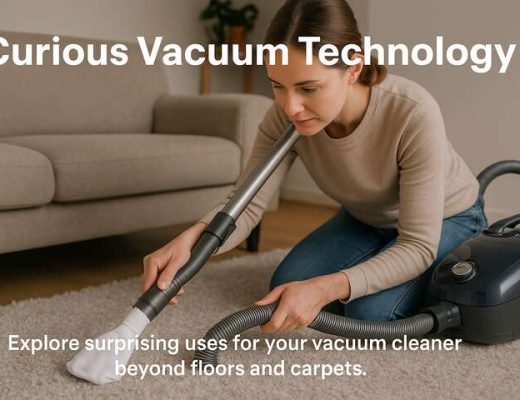In What Order Should You Clean Your Home?
Where do you start cleaning your whole house, kitchen, bathroom, or living room?) Do you sometimes just move around in the house, and yet it feels like nothing has been made clean? You are not alone!
Cleaning your house in the order it’s supposed to make saves time and effort, not to mention minimising the frustration of doing things twice. Picture the mopping of the floors while you still have to dust the shelves! A good order can help you tackle messes logically so that your house can shine from top to bottom. You’re getting ready for guests, setting up for weekend reset, or deep cleaning. Knowing the right order makes all the difference. Let’s get into what the most effective cleaning flow from room to room is.
1. Before Anything Else, Declutter First
It is essential to declutter before starting any End of Lease Cleaning Sunshine Coast process. Having clutter about while cleaning would be counterproductive; it may even render the place dull and unclean, even though it was just cleaned a moment ago.
Going from room to room, begin emptying storage areas and sorting the contents into three simple categories: keep, donate, and discard. Put away things that belong somewhere else, leaving only the essentials on countertops and floors. This step gives you space to clean without working around obstacles.
2. First, Dust and Remove Cobwebs
So once up there and done, cleaning should commence from all the higher objects. That is, dusting ceilings, corners, light fixtures, curtain rods, tops of shelves, tops of cabinets, et cetera. Cobwebs? Dust? With a good, long-handled duster or a damp microfiber cloth, these intruders can be removed from the blissful surfaces in no time.
Working your way down, clean surfaces of furniture, windowsills, and flat surfaces. Always work from top to bottom; this means getting the dust and dirt off of higher surfaces first, and then onto lower ones. The top-to-bottom method also helps to prevent re-soiling cleaned areas. This is a most important step when it comes to Bond cleaning, as it creates a really good impression on the landlords so that rental disputes can be avoided and the deposit returned.
3. Clean Room by Room
Although it may be tempting to clean everything at once to conclude in one go, cleaning one room at a time is more effective. Wet areas should be done in the kitchen and bathrooms. These see the most traffic and are the hardest to clean.
Go with these first, then do the bedrooms, and lastly, clean the living room and other areas that are less used. This will help lessen detours between rooms, thereby making a more tangible result, while keeping you focused on cleaning forward. This will also aid in keeping the motivation up for further cleaning; hence, it becomes a little more rewarding for you.
4. Deep Clean of Kitchen and Bathroom
Next comes the discussion of how to deep clean the wet areas of the Kitchen and bathroom, which should have been given deep cleaning attention-they are places where germs and grime flourish. Please do start cleaning up kitchen appliances: microwave, oven, refrigerator, countertops, and sink. And do not forget to clean the doors and handles of the cabinets.
In the case of the bathroom, the toilet must be scrubbed first, followed by a thorough clean-up of the sink and shower or tub. And remember not to skip on using the appropriate cleaning solution for soap scum, mould, and limescale. Just make sure-from the standpoint of Bond Cleaning in keeping these spots clean is a must if you do not want deductions from the bond.
5. Last but not Least: The Floors Clean
Last but not least, clean your floors. Once you are done with the dust cleaning in other surfaces, you still need to vacuum as well as sweep all the floors to gather fallen dirt.
Final mop those hard floors to ensure that no grime remains. Pay more attention to corners and under furniture, and high-footfall areas. Also, for persons renting a property, having really clean floors is a deal-breaker for bond cleaning, where even the highest inspection standards are expected from the landlords.
6. Small Things Matter
A lot can be achieved with a little detail-orienting approach to create a cleanliness benchmark in a home.
- Wipe those light switches, door handles and skirting boards- the little areas often go unnoticed.
- Create a streak-free shine in mirrors and windows.
- Wash curtains, cushion covers, and other textiles that gather dirt with time.
- These little things will make your home as clean as that of professional bond cleaners, and not only will it look pleasant, but also give a fresher feel.
7. Establish a Cleansing Roster
Now that you have cleaned up your entire house quite thoroughly, you need to maintain it in that condition. It is better to do some amount of cleaning each day; therefore, create a cleaning routine. Divide up the chores into daily, weekly and monthly schedules. The following is an example:
- Daily: Make bed, wipe kitchen counters and clean dishes.
- Weekly: Vacuum and dust.
- Monthly: Deep-clean appliances.
The cleaner who cleans daily makes it less burdensome for you as it will require less effort over time. Regular maintenance is necessary if you’re preparing for bond cleaning or if you simply prefer having a cleaner and tidier space.
Conclusion
Cleaning your house in the right order saves time, saves energy, and saves you from frustration. Dust and de-clutter first; then clean from the top down and room by room. This, in turn, could prevent any repeat of your work. It is neat and efficient so every little detail is kept tidy and structured. Whether you are doing light cleaning or a deep clean, having some order in the way you clean keeps the speed alive and the efforts focused. So on your next mop or duster outing, remember, not just cleaning, but cleaning smart. Follow the order, and you get a fresh home every time!
Also learn about How to Maintain the Great Look of Your White Spaces?



